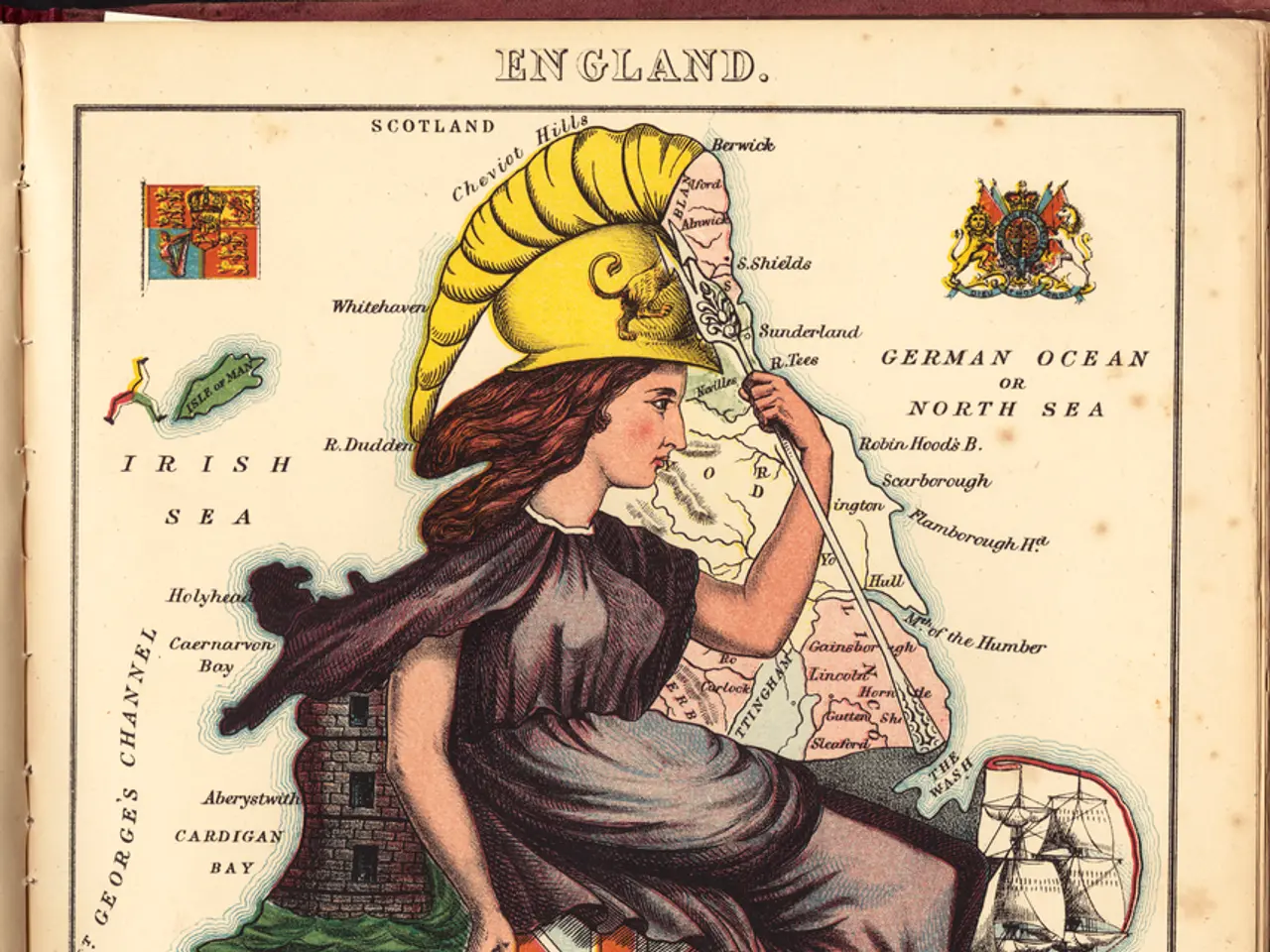Selecting the Perfect Book Printing Company for Your Needs
Self-publishing has become an increasingly popular avenue for authors, and with it comes the decision of choosing the right book printing service. In this article, we'll explore the advantages and disadvantages of two common methods: print-on-demand (POD) and offset printing.
Print-on-Demand (POD) Printing
POD printing offers self-published authors lower upfront costs, no inventory risk, flexibility for small print runs, and easier updates to content or design. With services like Amazon KDP, IngramSpark, or Lulu, global distribution is often included, giving authors more control over pricing and royalties.
However, POD generally has a higher cost per unit, limited paper and finish options, and potentially lower print quality compared to offset printing. POD digital printers may handle only smaller batches efficiently, which can affect the print quality and consistency.
Advantages of POD for Self-Publishers:
- No need to invest in large print runs, reducing financial risk.
- Print only as needed, which eliminates inventory and storage costs.
- Flexibility to update or change content and design quickly between print runs.
- Global distribution services are often included by POD platforms.
- Authors retain more control over pricing and royalties.
Disadvantages of POD:
- Higher per-unit cost compared to offset printing, especially for larger quantities.
- Fewer options for paper types, finishes, and premium features.
- Print quality and consistency can sometimes be inferior to offset.
- POD digital printers may handle only smaller batches efficiently.
Offset Printing (Bulk Printing)
Offset printing provides lower cost per book at large volumes, higher and more consistent print quality, and more premium options for paper and binding. However, it requires a significant upfront investment, inventory storage and management needs, less flexibility to revise books once printed, and usually a longer lead time before books are available.
Advantages of Offset Printing:
- Lower cost per book at large quantities (usually hundreds to thousands).
- Higher, more consistent print quality and availability of premium paper and binding options.
- Better suited for bulk orders where bookstores or events require larger stock.
Disadvantages of Offset Printing:
- Requires large upfront investment to print several hundred or thousand copies.
- Inventory storage and management needed for the printed books.
- Longer lead times (setup times and shipping).
- Less flexibility to change books once the print run is completed.
In summary, POD is advantageous for new or niche authors prioritizing low risk, flexibility, and control, while offset printing is more economical and higher quality for authors confident in selling large quantities.
When evaluating book printing services, it's crucial to gauge the level of customer service the printer provides, as good customer service can help bring the author's book into the world. Additionally, factors like turnaround time, binding options, paper quality, cover quality, image resolution, page size and layout, file format, paper sourcing, environmental impact, and printer's experience in the author's genre should be considered.
Amazon's KDP service ensures distribution of ebooks, paperback, and hardback options, but they also take a significant portion of the sale price. IngramSpark offers global distribution, hardcover and/or paperback options, a variety of print options, ebook and print book publishing, and online sales reporting.
The world of book printing and on-demand publishing is fast-changing, so it's important to check how long the printer has been operating and ensure they have a good reputation for delivery and quality. The joy of holding a physical copy of one's own book can make the hard work of choosing and working with a book printer worthwhile.
Self-published authors might be interested in exploring the lifestyle of home-and-garden books to broaden their content options, as POD printing allows for easy updates and flexible print runs with global distribution. In the realm of entertainment, one could delve into the world of books that discuss the pros and cons of POD and offset printing, providing valuable insights for self-publishers.
When deciding between POD or offset printing, it's beneficial for authors to consider not just the financial aspects but also the opportunities for expanding their home-and-garden or entertainment book collection.




